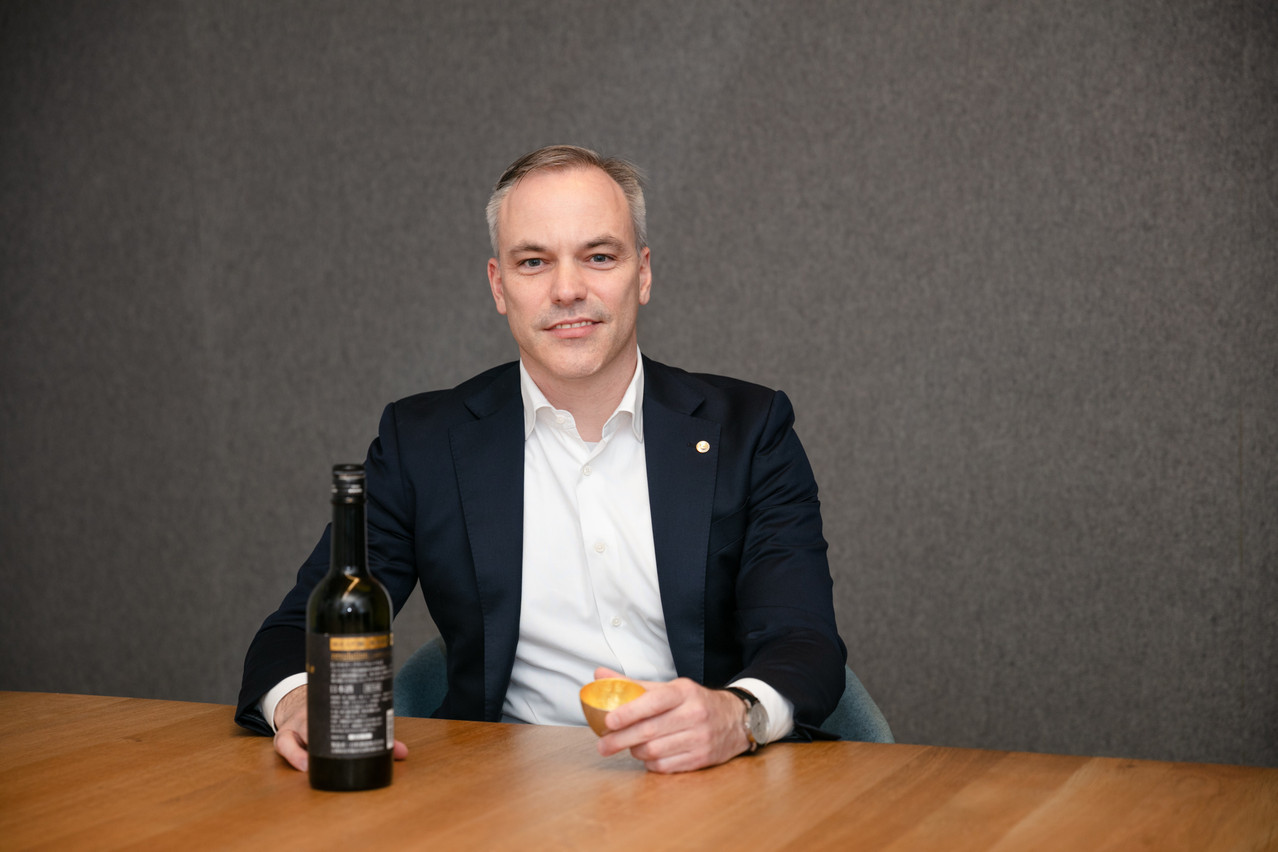Could you tell us about the classes at the Sake Sommelier Academy?
Yves-Martin Boisclair: The SSA has been around for 20 years or so. We are one of the main sake education providers outside of Japan, maybe even the first one that [has] a critical mass of graduates…
We offer two classes. The first one is the intro class [open] to anyone… We learn about the history of sake, the culture behind it, the production [and] do a sake pairing with local food to give a different [perspective] to the participants--like how ham or salami actually works with sake.
We also have a certified sake sommelier level for people who want to make a job out of it, work in a restaurant [or] retail… we are seeing a bit of an uptick in this kind of demand going forward.
Where did your own personal interest in sake come from?
I have a sake-loving [Japanese] father-in-law. It’s a family thing… In Japan, I tasted new sakes on new occasions, business-related activities… when I arrived in Luxembourg last year, I realised that the sake market is there but not that developed, and the best way to promote the product was through education… Sake is a very normal alcohol, [but] it’s quite complex… You can mix the yeast, you can mix the rice, you can change many things in the process. So, I realised, why not try to promote it? And it’s gaining in popularity…
Can you tell us one thing that might surprise people about sake?
Many people think that sake is a distilled alcohol--[e.g.], like vodka--which is not the case. It’s fermented. It’s more like wine in terms of process… There’s no sugar in rice, so they have to do another step before the starch becomes sugar, and then sugar [becomes] alcohol. Also, when we tell them the alcohol percentage is around 15%, people are surprised because [they] thought it was 40% because they [have] the assumption that it is actually a distilled product…
People don’t usually tend to drink sake with non-Japanese food. They have that reflex of sushi-sake. But when they try it with dried tomatoes, for example, they realise it can match with lasagna… People are surprised when they experience adding umami-rich sake with umami-rich foods--like tomatoes, asparagus, truffles--people are actually surprised by the combination.
Are there any general tasting tips you can provide?
Sake, like some wines, can be drunk at different temperatures. And then it starts to be a bit complex, but if you see on the label something like daiginjo or ginjo, which is the quality of the sake, based on the polishing ratio, those should be drunk a bit colder, so between 5°C to 20°C, maximum. You’ll have lots of aromas, you will tend to get it with something that is not too flavourful, maybe tomatoes, not heavy meats… the flavours of the sake will be balanced out… But if you go with something a bit more like honjozo or junmai sake, depending on the polishing ratio again, if you warm it up a bit, it can go with more oily foods, like carpaccio with olive oil on it…
Have you noticed a development in the world of sake taking place in Luxembourg?
Oh, yes! Last year, there was maybe one big importer of sake, and it was not available in supermarkets, or in very limited quantity. Now I see dedicated refrigerators in supermarkets in Luxembourg… it’s evolving, there are more points of entry… We’re trying to diversify the offer of supply in Luxembourg. People are eager to discover new things.
This article first appeared in the December 2021 edition of .
